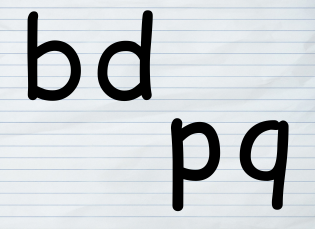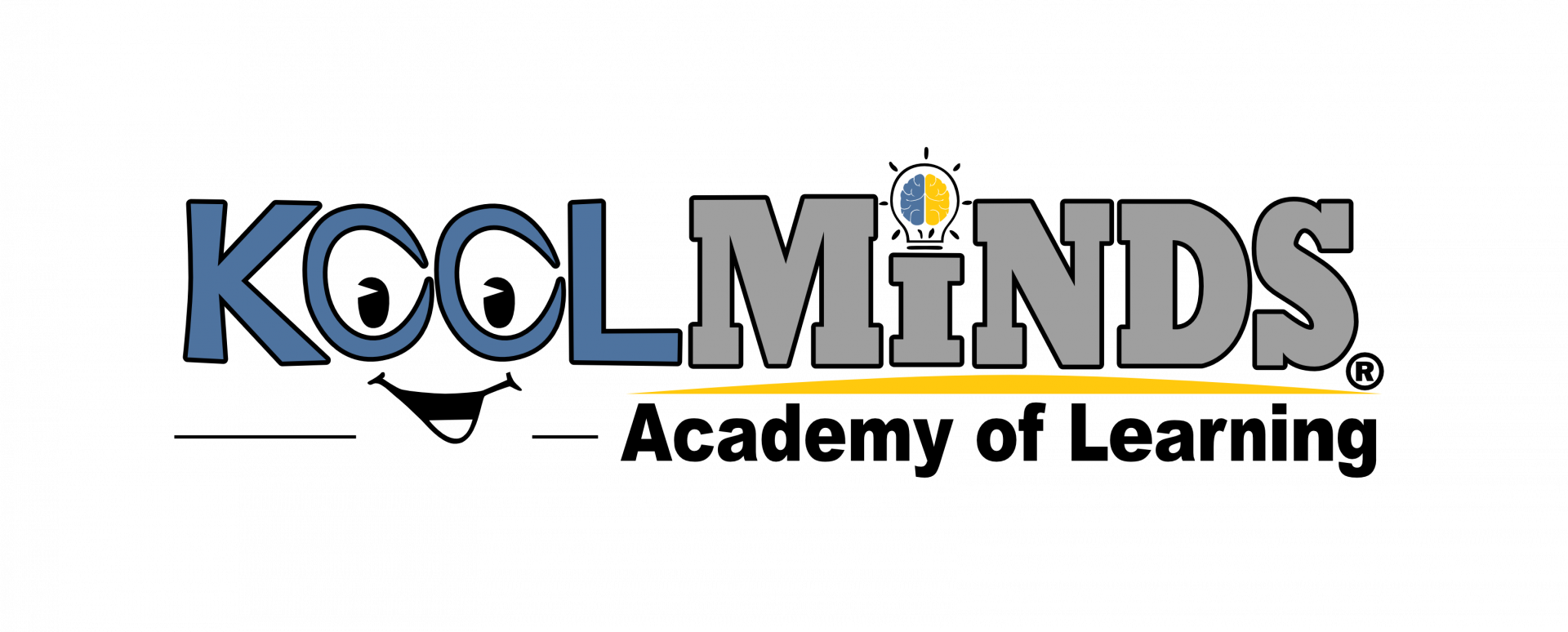Flipping the Difference
KoolMinds Online
Let's talk about mirrors for a minute. I think we can all agree we have a love/hate relationship with the mirror. It's there when we look our best and our absolute worst. It can help us notice things that we didn't know were there like a pimple needing popped, or to see things impossible to see otherwise, like the back of our heads. The mirror is a miraculous tool that allows us to operate telescopes to see the stars or for our dentist to see what's going on with that troublesome tooth.
It's also a lot like the dreaded selfie camera when you're not expecting it. We can look away and avoid it or we can embrace what we're seeing, straighten up and smile knowing that the mirror is not going anywhere. It's only the image reflected that we have the power to change. While that may sound like the intro to the latest self-help book, mirror images have a lot to do with directional orientation.
It's also a lot like the dreaded selfie camera when you're not expecting it. We can look away and avoid it or we can embrace what we're seeing, straighten up and smile knowing that the mirror is not going anywhere. It's only the image reflected that we have the power to change. While that may sound like the intro to the latest self-help book, mirror images have a lot to do with directional orientation.

Directional orientation is a necessary skill needed to identify the positions of structures relative to other structures or location. Put simply, it's how we determine, in our minds, which way something is supposed to go. Does a 'b' face left or right? Does an 'm' face up or down? Does the toilet paper roll go under or over? That last one is up for debate.
Maybe you're giving your child or spouse directions on where to find the ketchup in the fridge. "Honey, it's to the right of the mustard, behind the dressing." I can almost guarantee you, they aren't trying to not find the ketchup but maybe when you said right, they look to the left and that can be frustrating for all involved.
I don't know if you can see it, but b, d, p and q are all pretty much the same letter, just flipped in different directions. It's common to see letter and number reversals up until 2nd grade, and sometimes you'll see them pop up occasionally in later years. That can usually be attributed to poor working memory or low visual processing skills, but if you're seeing consistent reversals past the age of 7 it could be an indicator of Dyslexia. Some other signs might be:
Maybe you're giving your child or spouse directions on where to find the ketchup in the fridge. "Honey, it's to the right of the mustard, behind the dressing." I can almost guarantee you, they aren't trying to not find the ketchup but maybe when you said right, they look to the left and that can be frustrating for all involved.
I don't know if you can see it, but b, d, p and q are all pretty much the same letter, just flipped in different directions. It's common to see letter and number reversals up until 2nd grade, and sometimes you'll see them pop up occasionally in later years. That can usually be attributed to poor working memory or low visual processing skills, but if you're seeing consistent reversals past the age of 7 it could be an indicator of Dyslexia. Some other signs might be:
-
Poor sense of direction, gets lost easily
-
Spatial awareness issues
(i.e. trouble gauging distances) -
Confusion with left - right
Students who struggle with Dyslexia fall victim to low directional orientation, but it's not because they don't know their letters. They don't struggle to distinguish between a b and a d — their minds just can't see one without the other. Tricks for memory don't help because it's not a memory issue, but how the brain reacts to visual input. This is where the mirror comes in. To read, a person must learn to tell apart mirrored letters and suppress the brain's tendency to see them as identical. The student needs a way to prevent letter flipping in their brain.
How can it be improved?
There is no magic fix for low directional orientation but thankfully it can be improved with practice. One of the exercises we use with the students in our BrainWorks Cognitive Program is called a Left-Right Action Chart, which gives the student a specific action sequence in an abbreviated format that includes a direction (left or right), a body part (hand, foot), and another direction (back, front, side). The student then works through the chart and performs the tasks without verbalizing. Try it with your kids or students. If they struggle with this kind of task, they may be struggling in areas of their learning that you aren't aware of. Want to give it a shot for yourself? It's trickier than you think!
LHF LFS RHS RFB
With what sounds like an upright game of Twister, this exercise combined with varying levels of difficulty, and along with several others will help the student build their directional awareness skills. If you think back to your childhood, there are actually several activities, games or songs that come to mind that build these skills so while we thought we were just playing along, the adults had a handy trick up their sleeves. Just for fun, here are a few examples:
-
Twister
-
"Cha Cha Slide" by Mr. C the Slide Man
-
Simon Says
-
LCR Dice Game (Left, Right, Center)
Most of these include auditory demands and don't require the student to read and process internally, which is where our exercises come in to fill the gap and really develop this cognitive area for long term success in learning. To learn more about Directional Orientation and how our program can help, visit www.koolminds.com/adhd or schedule a consultation with a local office to learn where your students gaps are and how we can help.
Who We Are
Dedicated team of instructors, teachers, professionals, moms, dads, and communities looking to make a difference in these bright but struggling students.
Featured Links
Copyright © 2025
#1 This is a title
#2 This is a title
#3 This is a title
Thank you
for your interest!
A KoolMinds representative will be in touch soon.
If you'd like to speak to someone now,
please call 866.566.5637
Questions?
Call or Text Us Now
866-566-5637

